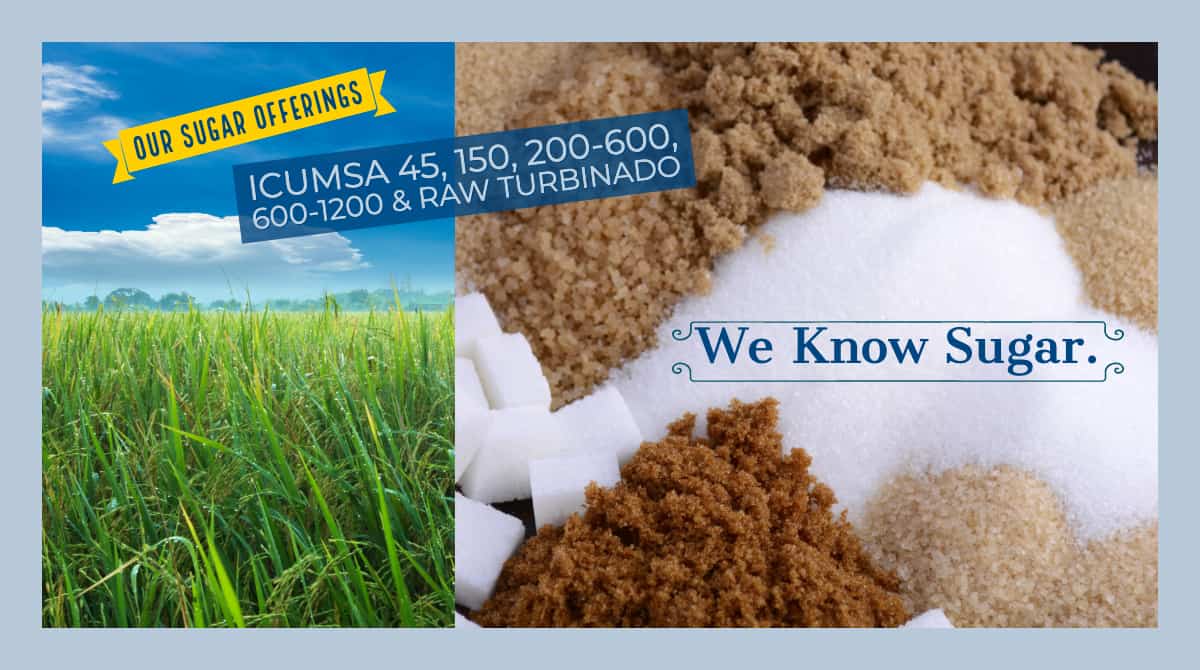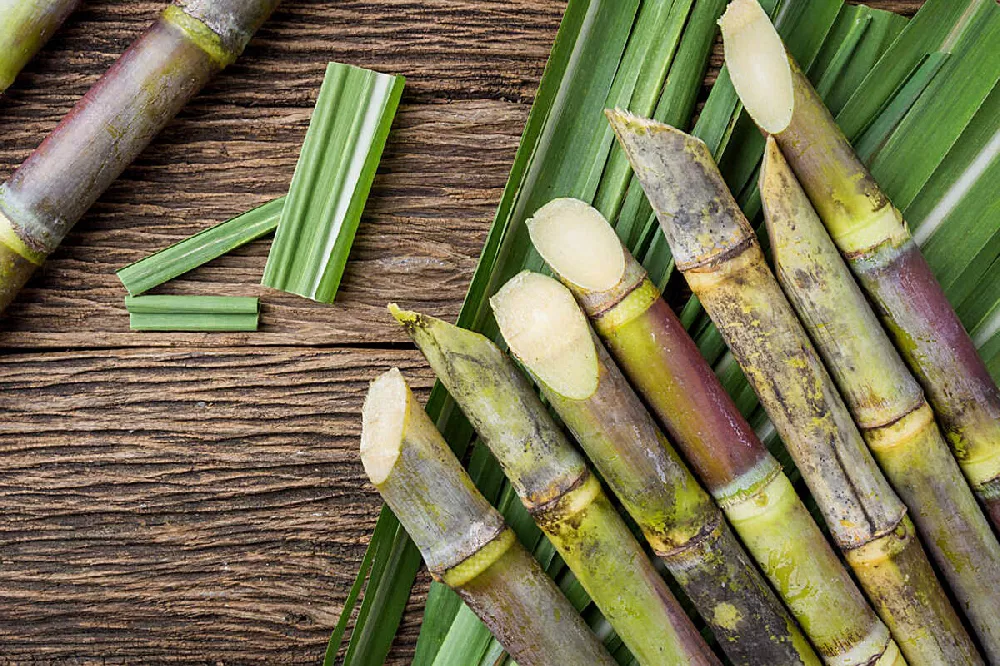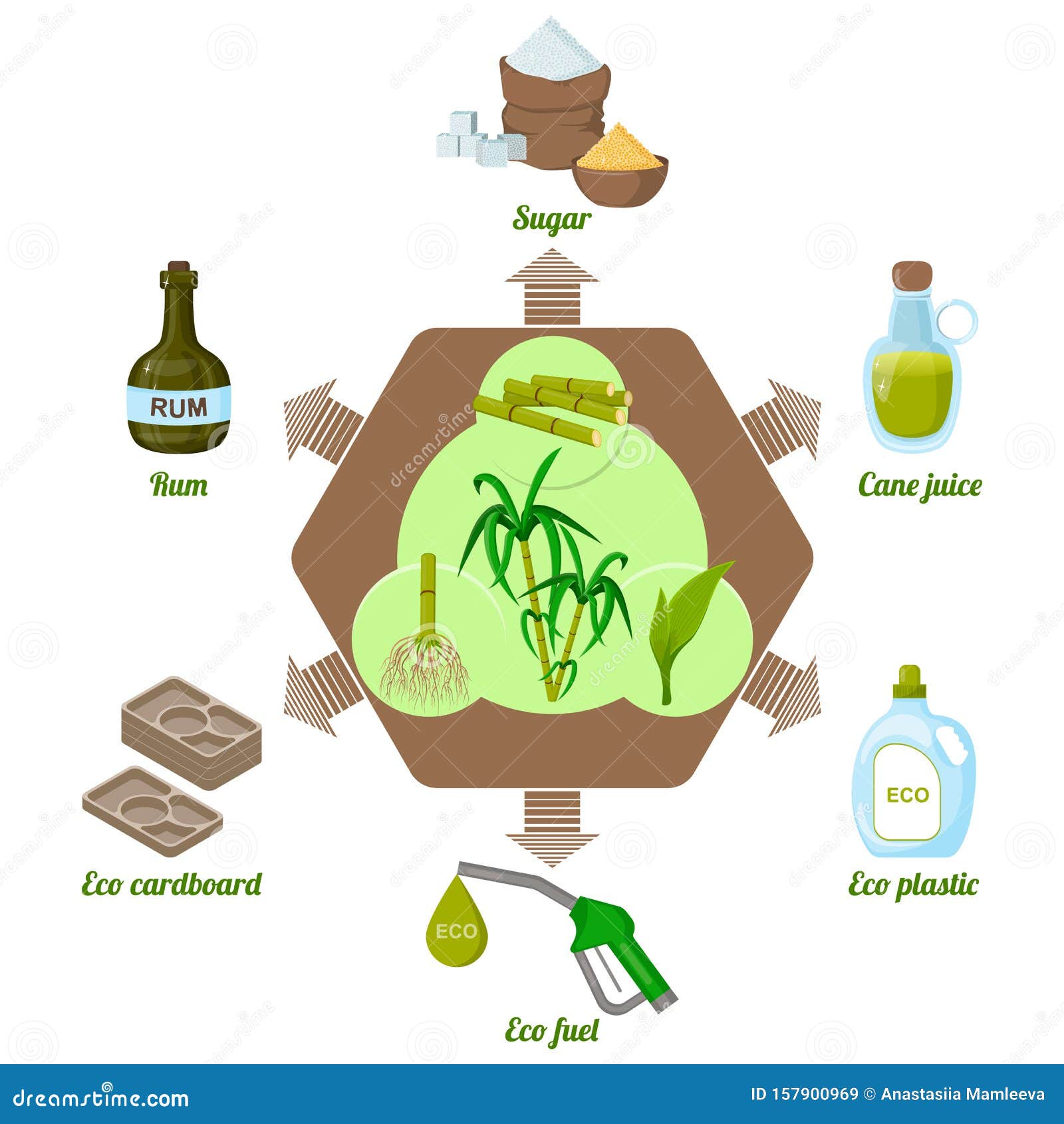A Deep Study Sugar Cane: Insights on Production, Supplies, and Item Advancement
Sugar cane plays a crucial role in farming, underpinning economic climates in tropical areas. Its cultivation includes elaborate procedures affected by numerous environmental variables. Growers encounter substantial obstacles, including environment modification and market variations. Technologies in item development are arising in feedback to developing customer demands. Understanding these characteristics is important for understanding the future of this crucial plant and its influence on international markets. What lies in advance for sugar cane and its myriad applications?
The Relevance of Sugar Cane in Global Farming
Sugar cane offers as an essential plant in international farming, underpinning economic climates and food systems in many exotic regions. This functional plant is primarily grown for its high sucrose web content, which is fine-tuned into sugar, a staple active ingredient in countless food. Past sweetening, sugar cane is additionally crucial for creating biofuels, particularly ethanol, contributing to energy sustainability.The financial significance of sugar cane reaches employment, supplying source of incomes for countless farmers and workers in processing centers. In numerous nations, sugar cane growing and processing stand for considerable parts of agricultural GDP, influencing profession balances and regional development.Additionally, sugar cane's flexibility to different climates boosts its relevance as a crop, ensuring regular supply in worldwide markets. Its spin-offs, including molasses and bagasse, better diversify its energy, making it a vital part in food, energy, and industry. Overall, sugar cane stays a keystone of farming performance worldwide.
Farming Processes: From Planting to Harvest
Cultivating sugar cane involves a series of well-defined processes that ensure ideal growth and yield. The farming begins with land preparation, where the soil is tilled to protect ideal aeration and drain. Following this, seed cane, which contains fully grown stalks, is selected and reduced into sections (sugar cane products). These sections are after that planted in furrows, guaranteeing correct spacing to enable sunshine and nutrient access.Once planted, irrigation systems are utilized to maintain sufficient moisture levels, as sugar cane flourishes in humid problems. Weeding and parasite management are essential throughout the expanding period to decrease competitors for resources. Nutrient application, including plant foods, sustains robust growth. As the plants grow, keeping an eye on for conditions and insects continues.Harvesting normally takes place 10 to 24 months post-planting, depending on the range. The walking canes are reduced close to the ground, making sure marginal waste, and are promptly carried for refining to maintain sugar top quality
Geographical Distribution of Sugar Cane Production
The geographical circulation of sugar cane production is largely shaped by certain climate and dirt demands. Major creating countries, such as Brazil, India, and China, take advantage of exotic and subtropical climates that support the plant's development. Understanding these factors gives insight right into the worldwide landscape of sugar cane cultivation.
Significant Producing Countries
Although sugar cane is grown in various regions worldwide, certain countries dominate production due to positive environments and agricultural techniques. Brazil leads the international market, representing roughly one-third of complete production, many thanks to its substantial ranches and progressed cultivation methods. India adheres to as a substantial producer, benefiting from both beneficial weather problems and a huge domestic market. China and Thailand likewise rank among the leading producers, with reputable facilities sustaining their sugar markets. Other remarkable contributors consist of the United States, Mexico, and Australia, each leveraging their unique farming systems see to improve output. These nations play an essential role in the sugar cane supply chain, affecting worldwide prices and schedule
Climate and Dirt Demands
Suitable environment and soil conditions are essential for successful sugar cane production. Sugar cane flourishes in exotic and subtropical regions, calling for warm temperatures in between 20 ° C and 30 ° C (68 ° F to 86 ° F) These plants need plentiful sunshine and rains, ideally between 1,500 to 2,500 millimeters annually, to guarantee peak development. The soil should be well-drained, productive, and abundant in natural issue, with a pH degree preferably in between 5.5 and 8.5. Sandy loam or clay loam dirts are specifically for sugar cane farming, supplying essential nutrients and drain. Geographical circulation is mainly influenced by these aspects, with significant production areas situated in Brazil, India, and China, where environmental problems align with the plant's needs for development and yield.

Obstacles Faced by Sugar Cane Growers
Sugar cane growers run into considerable obstacles that impact their incomes. Environment modification presents unforeseeable weather condition patterns, impacting crop yield and high quality. In addition, market rate volatility creates monetary uncertainty, complicating long-lasting planning for these agricultural manufacturers.
Environment Adjustment Impacts

Exactly how do climate change effects impact the practicality of sugar cane growing? Increasing temperatures and erratic weather patterns notably test sugar cane cultivators. Enhanced heat can bring about decreased yields, as the plants battle to prosper in extreme problems. Furthermore, altered rains patterns result in either droughts or too much flooding, both destructive to plant wellness. Pests and illness are likely to multiply in warmer climates, further harmful production. Dirt destruction and salinization due to rising sea degrees can diminish arable land. These climatic modifications compel cultivators to adjust their methods, often needing financial investment in new modern technologies and durable crop ranges. Inevitably, the sustainability of sugar cane farming pivots on resolving these environment tests properly.

Market Price Volatility
Market value volatility provides substantial challenges for sugar cane growers, affecting their monetary security and preparation. Variations in market prices, driven by elements such as worldwide supply and demand, climate condition, and government policies, produce uncertainty for producers. This unpredictability makes it challenging for farmers to anticipate earnings and take care of general expenses effectively. Additionally, when prices go down unexpectedly, many farmers might struggle to cover production prices, bring about possible monetary distress. To alleviate these dangers, some cultivators turn to contracts or hedging strategies, yet these solutions might not come to all. Market cost volatility remains a persistent concern, affecting the general sustainability and productivity of sugar cane farming.
Recognizing the Sugar Cane Supply Chain

Market Patterns Affecting Sugar Cane Costs
The characteristics of sugar cane rates are influenced by a variety of market trends that reflect wider financial conditions and consumer actions. Worldwide need for sugar and sugar-related products plays an important duty, with raising passion in organic and sustainably sourced items driving costs higher. Additionally, changes in oil costs impact the expense of production and transport, further affecting market prices. Weather condition patterns are another considerable factor; adverse problems can cause lowered yields and enhanced prices. Profession policies, tariffs, and worldwide arrangements also shape the market landscape, affecting supply chains and availability. Money exchange rates can complicate international profession, impacting prices for both merchants and importers. Changes in consumer choices toward healthier choices may modify need patterns, creating a surge effect on sugar cane prices. sugar cane products. Understanding these interconnected fads is essential for stakeholders in the sugar market.
Innovations in Sugar Cane Item Development
Many innovations in sugar cane product growth are reshaping the sector and expanding its applications. Scientists are discovering alternative usages past traditional sugar, consisting of biofuels, biodegradable plastics, and wellness supplements. Advances in enzymatic handling strategies have boosted the removal of useful substances such as antioxidants and vitamins from sugar cane, advertising its use in useful foods.Additionally, the advancement of genetically customized sugar cane selections aims to enhance return and resistance to parasites, while also boosting the nutritional profile of the crop. Technologies in fermentation processes have actually resulted in the production of premium alcoholic beverages originated from sugar cane, appealing to a growing market for craft spirits.Moreover, sustainable methods in growing and processing are obtaining grip, with a concentrate on reducing ecological influences. These advancements not only create new market chances however additionally foster a more lasting approach to sugar cane production, aligning with global trends towards environmentally friendly items.
Often Asked Concerns
What Are the Environmental Effects of Sugar Cane Farming?
The ecological effects of sugar cane farming consist of deforestation, loss of biodiversity, water contamination from fertilizers and chemicals, dirt degradation, and greenhouse gas exhausts, every one of which significantly contribute to eco-friendly discrepancies and climate adjustment.
Just How Does Sugar Cane Cultivation Affect Citizen Economies?
Sugar cane cultivation greatly affects local economic situations by producing work, promoting agricultural fields, and producing revenue for farmers. It can additionally lead to economic reliance and variations based on market demands and ecological conditions.
What Are the Main Pests and Diseases Affecting Sugar Cane?
The main pests impacting sugar cane include the sugarcane borer and aphids. Conditions such as red rot and smut greatly influence yield. Farmers need to apply incorporated insect management approaches to reduce these threats effectively.
Just How Is Sugar Cane Processed Into Different Products?
Sugar cane processing entails crushing the stalks to remove juice, complied with by clarification, evaporation, and formation. This process yields raw sugar, molasses, and ethanol, each serving unique objectives in various industries, from food to energy.
What Are the Nutritional Aspects of Sugar Cane?
The nutritional aspects of sugar cane consist of essential see here now nutrients, especially B vitamins, calcium, and iron. It additionally includes fiber, though primarily composed of sucrose, which gives energy yet lacks considerable nutrients.
 Angus T. Jones Then & Now!
Angus T. Jones Then & Now! Jason J. Richter Then & Now!
Jason J. Richter Then & Now! Susan Dey Then & Now!
Susan Dey Then & Now! Kerri Strug Then & Now!
Kerri Strug Then & Now! Ricky Schroder Then & Now!
Ricky Schroder Then & Now!